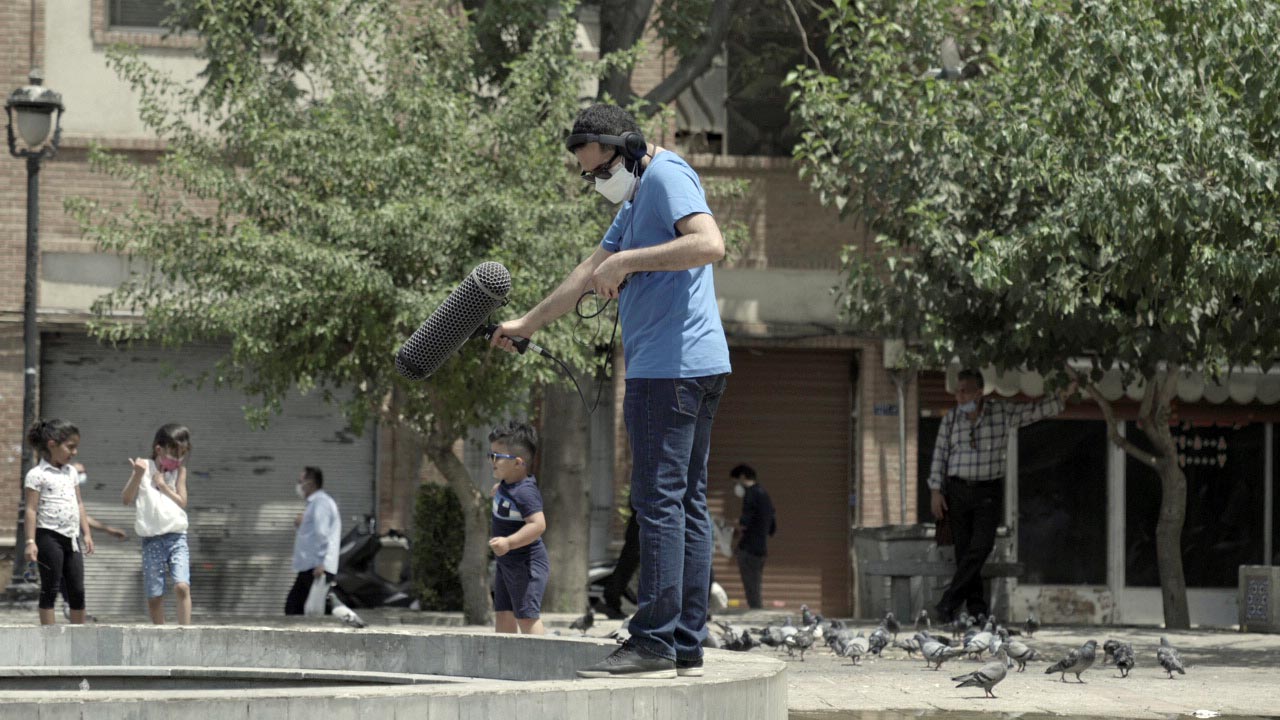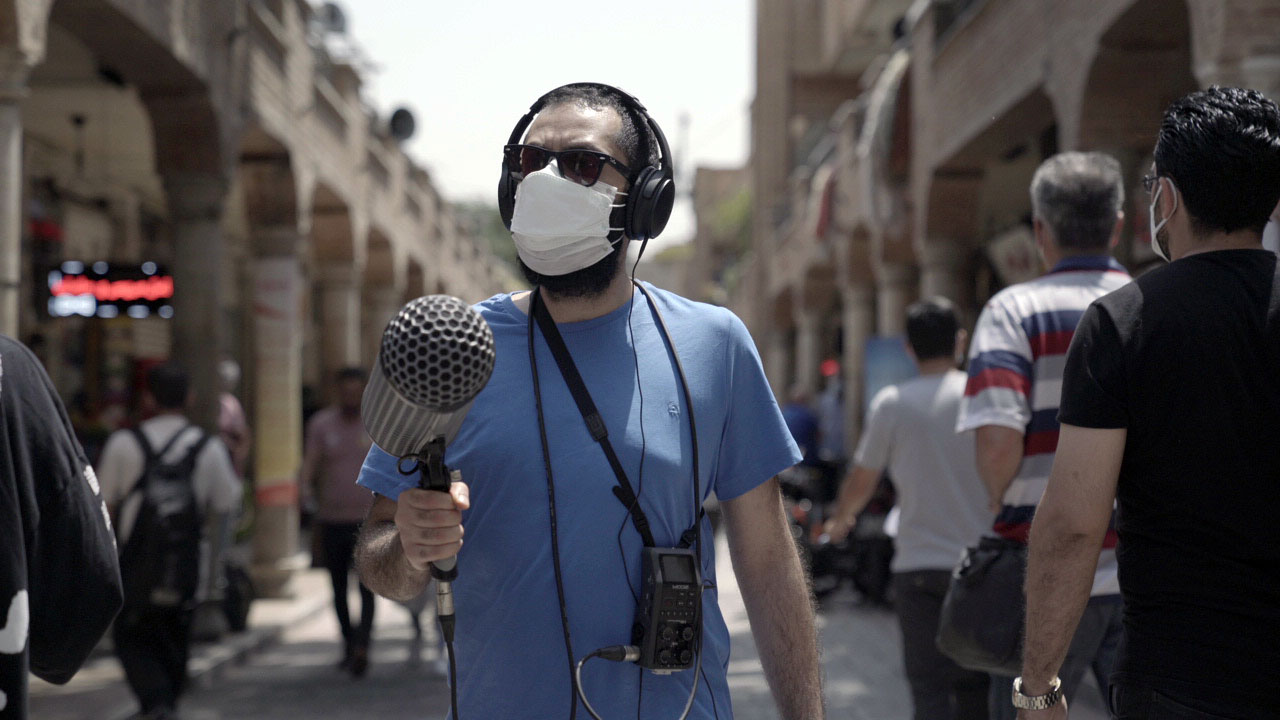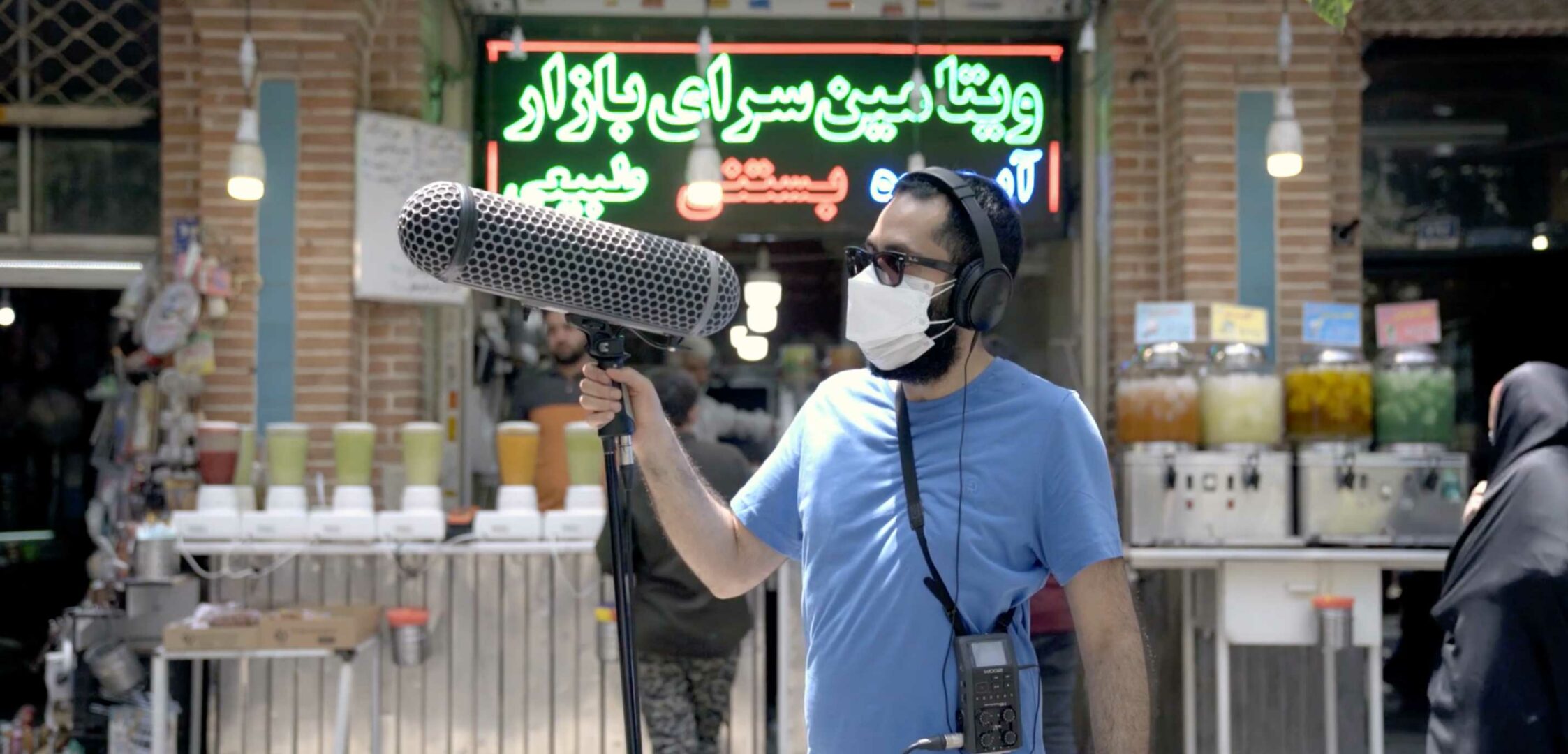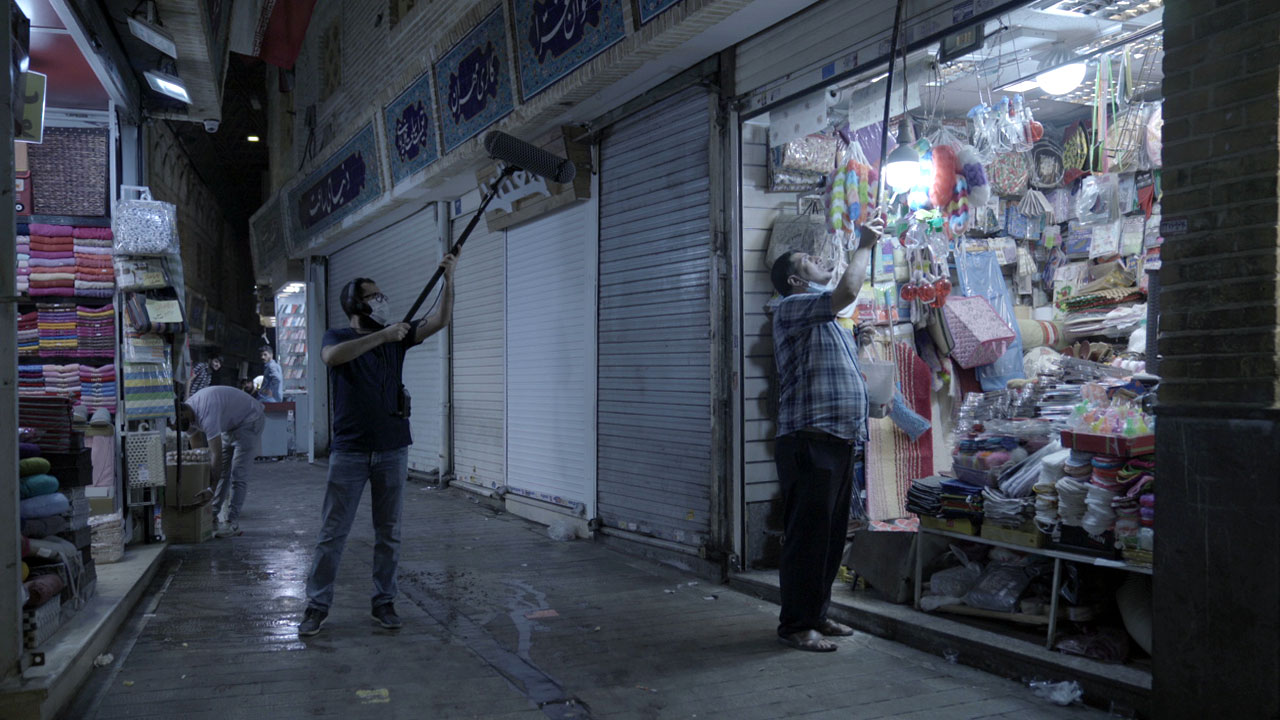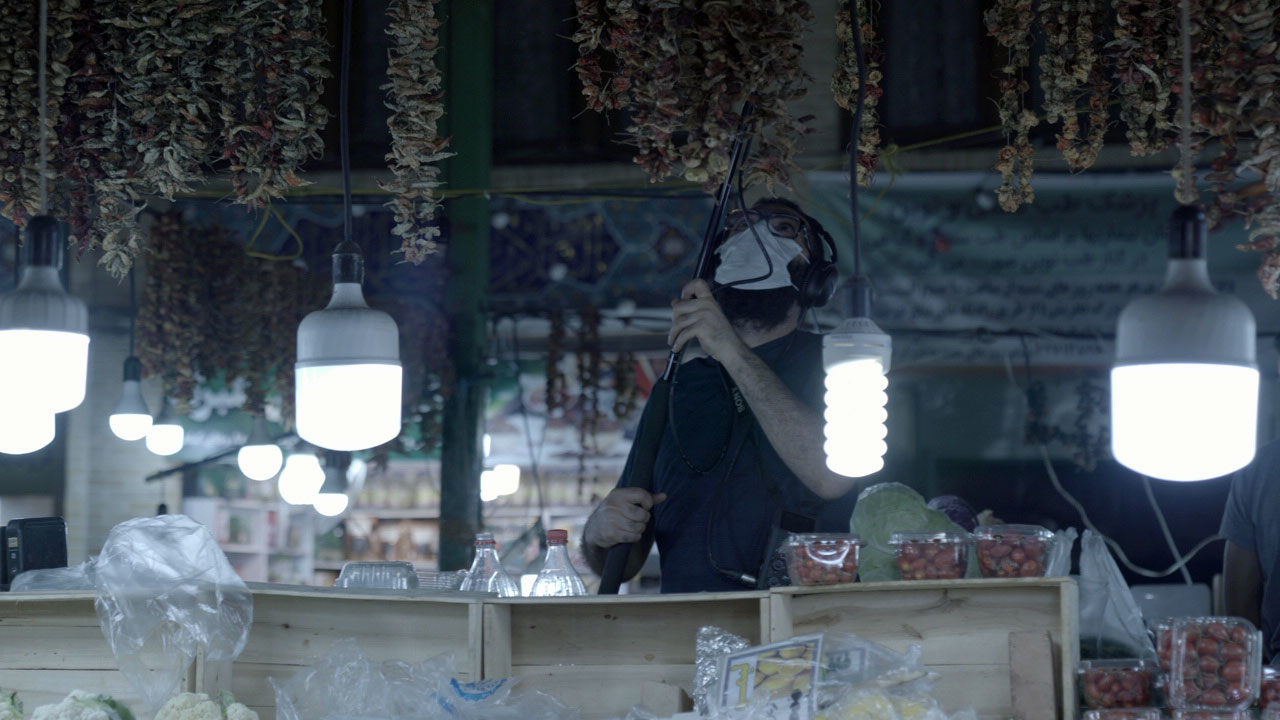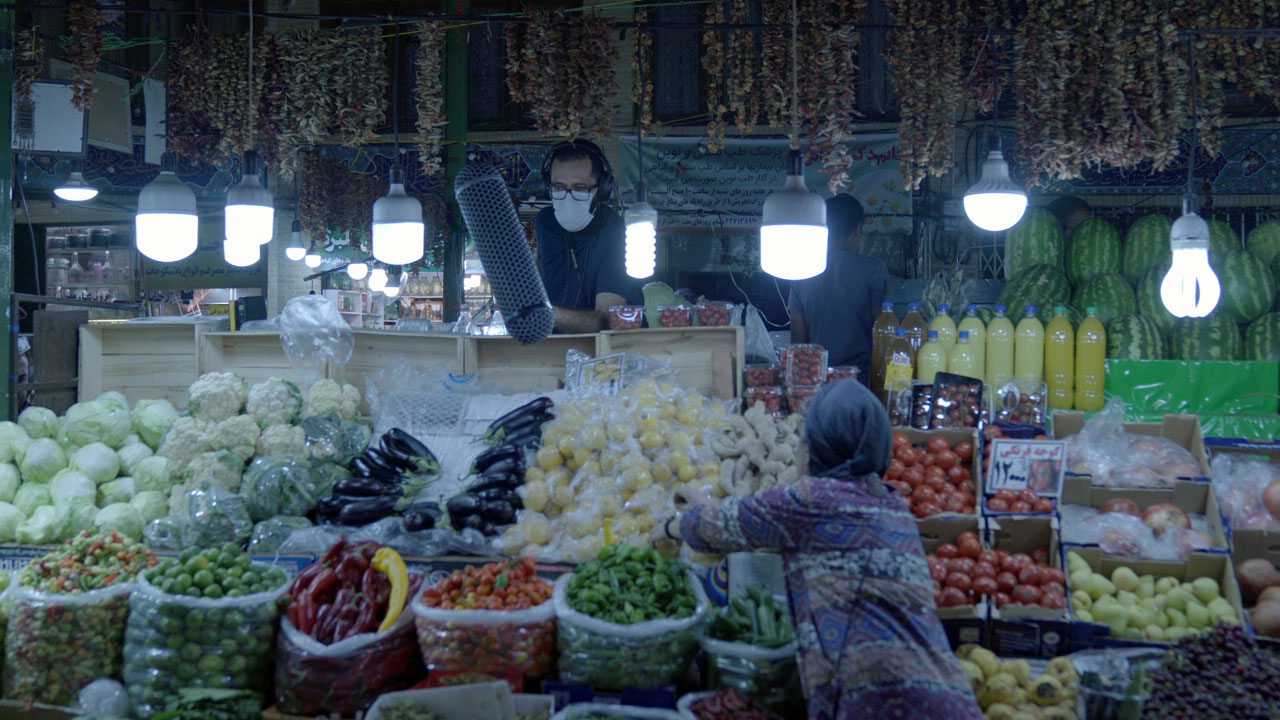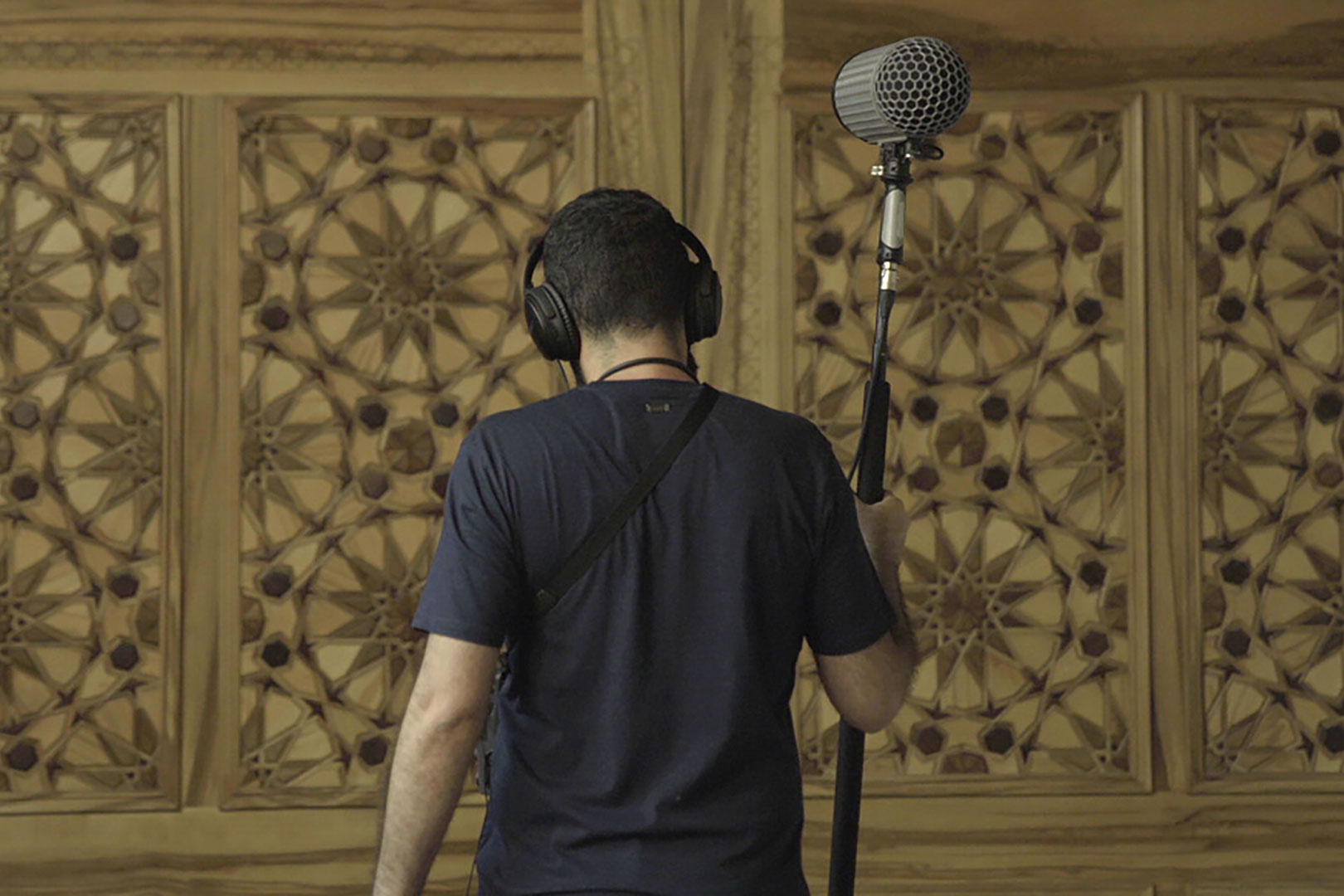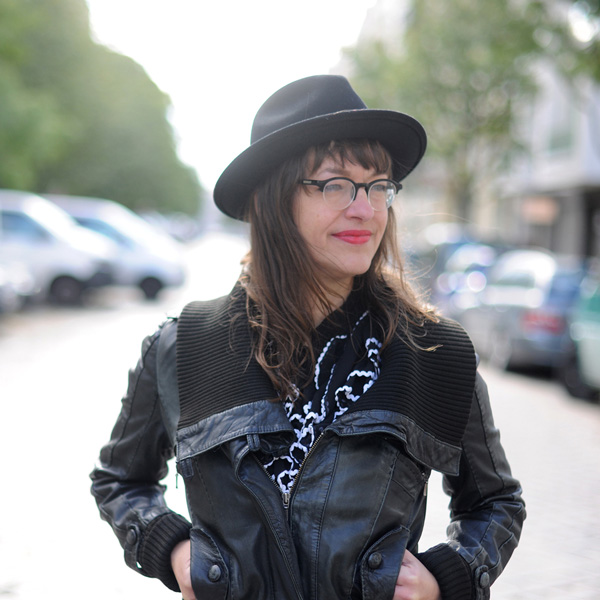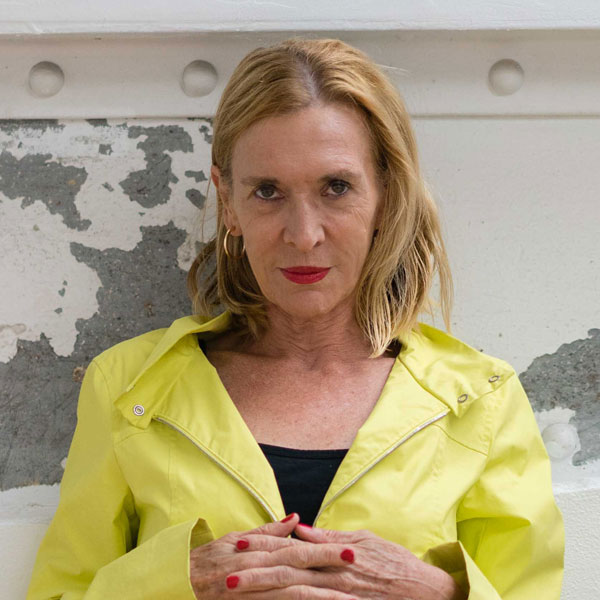With Luca Turin’s theory in mind—that receptors in the nose respond to the vibrations of a molecule—Jesmi plays with the notion that both auditory and olfactory systems are based on vibrations. He plans to produce a multisensory installation melding original and archival field recordings, interviews, and electronic music to narrate and question the city’s sound- and smellscape. Artist and musician Emeka Ogboh is his mentor on the project; the two traveled to Rome’s MAXXI museum for a work-stay in March 2022, for concrete mentoring on the project’s production.
Iman Jesmi
Sensing the World
Sensory Souvenir
Iranian composer and sound artist Iman Jesmi delves into the correlation between sounds and smells in European cities, and how they have shifted through immigration. With Hamburg as a case study, he looks at new forms of cultural synthesis through smells and sounds in the cityscape.
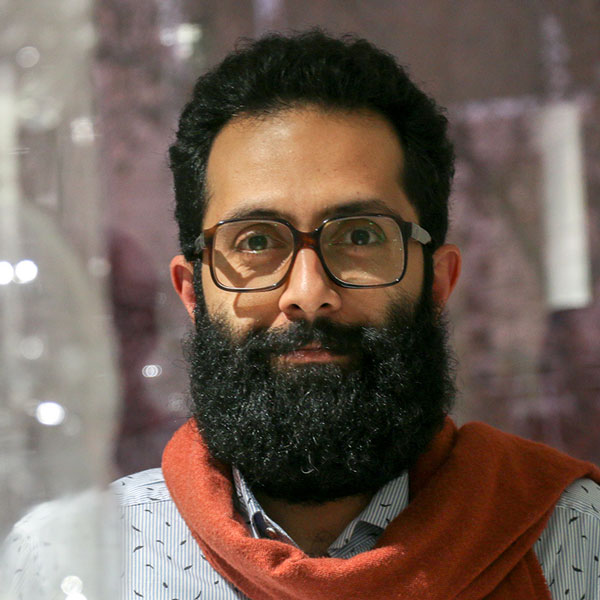
Iman Jesmi
The artistic, diachronic research will be collected in a sound-and-smell map of the Hanseatic metropole, tracing their transformations throughout the previous century. At the digital Forecast Forum in September 2021, Jesmi premiered an audiovisual documentary work telling stories of people who had been uprooted from their native surroundings to start new lives in unfamiliar environments. The subsequent research also explores historical representations and descriptions of the chosen city in the media and art.


